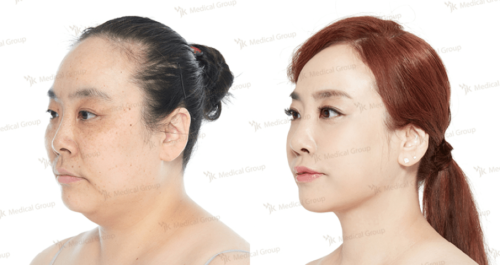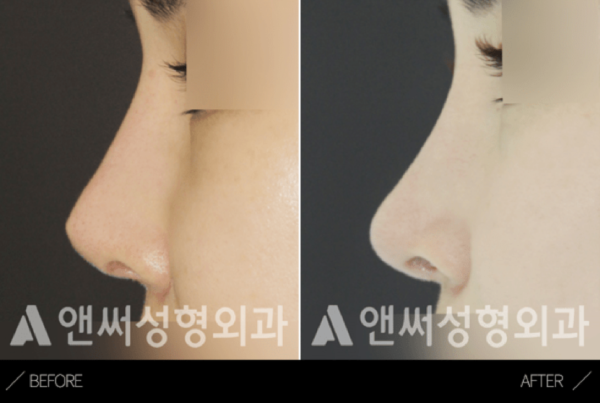
Under-eye correction surgery is one of the best ways to combat what many consider as the most unattractive features, eye bags, and dark circles. The current trend is to look young and attractive, even as you grow older. However, what do you do when at a young age, your appearance looks far beyond your years because of your eyes? The eyes have the thinnest skin and can easily be affected by improper care. Some people try home remedies with the hope that they will be effective or buy the latest skincare that promises to get rid of the bags and circles in just days, yet nothing changes. For stubborn eye bags and dark circles, the best choice would be to undergo under-eye correction surgery.

What is Under Eye Correction Surgery?
Under-eye correction surgery is a cosmetic procedure that gives a solution to dark circles, puffiness and sagging in the lower eyelid. These issues in the under eyes are brought about by fats that have accumulated in the area because of factors like aging, genetics, allergies, pigmentation, too much sun exposure, smoking, and stress. When the aging of the eye bags is hindered, it decreases the elasticity of the skin and makes a person look older and more tired than they are.
There are two techniques that surgeons currently use to bring back a smooth and youthful appearance to the under eyes, namely the fat repositioning and fat removal. Fat repositioning is done when the eye bags are visibly protruding or if there is a lack of volume in the tear trough. From the name itself, the fat is relocated upwards or in the hollow areas. On the other hand, fat removal is meant for excessive protrusion of under-eye bags to the point that it has begun showing dark circles as well. This procedure is done when there is too much fat that cannot be repositioned.
Benefits of Under Eye Correction Surgery
The main goal of surgeries that correct the eye area is to improve the person’s appearance. In the case of under-eye correction surgery, it is most beneficial to a lot of people because of how it can alter the appearance positively. Some of the benefits of an under-eye correction surgery include:
- Increase in confidence
- Improvement of the facial appearance
- Younger and livelier looking eye area
- Elimination of puffiness under the eyes
- Significant reduction of under-eye bags
- Decrease of wrinkles and lines in the under eyes
- Elimination of under-eye dark circles
Under Eye Correction Surgery Procedure
Two options can be used during an under-eye correction procedure. According to Dr. Perry from the Cleveland Clinic, fat removal is an older surgical technique that corrects the under eyes. However, the technique only helps in getting rid of the eye bags and dark circles but does not fix the hallows and does not have a rejuvenating effect. For this, fat repositioning was created, which can treat eye bags, hallows, and dark circles in one procedure.
The duration of an under-eye correction surgery is between 30 minutes to an hour. Usually, local anesthesia with sedation is used, but general anesthesia may also be an option if needed. The procedure for fat removal and fat repositioning are as follows:
The duration of an under-eye correction surgery is between 30 minutes to an hour. Usually, local anesthesia with sedation is used, but general anesthesia may also be an option if needed. The procedure for fat removal and fat repositioning are as follows:
1. Fat repositioning
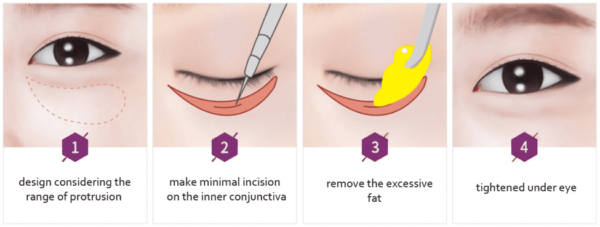
-
Fat repositioning
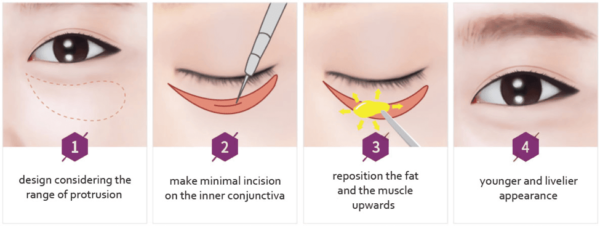
-
- The surgeon first makes design as a guide and as a model to show the patient the possible outcome of the procedure.
- A small incision inside the lower eyelid or the inner conjunctiva is created.
- The fat is then repositioned upwards or into the hallows between the under eye and the cheeks.
- The incisions are then sutured, and a bandage protects the under-eye.
Under Eye Correction Surgery Recovery
Recovery after an under eye correction surgery is gradual and will take one to three weeks, with the outcome becoming visible after three to six months. As usual, swelling, bruising, sensitivity, tightness, and itching may be felt in the eye area for a week or more. During the first week, swelling and bruising may be severe. For this, your surgeon will recommend that you apply a cold compress to ease the swelling and elevate your head when you are lying down to prevent fluid buildup in the under eyes. These side effects gradually disappear within three weeks, and you will be allowed to work ten days to two weeks after the surgery. After three weeks, you may be allowed to wear your contact lenses and resume with vigorous activities.
Under Eye Correction Surgery Before and After.
Most patients are satisfied with the results of under-eye correction surgery and have undergone the procedure successfully and without any complications. With the right care and maintenance, the effects of the procedure can last for a long time. As shown in the pictures below, you can see that there have been significant improvements in the patients ‘after’ photographs as compared to the ‘before’ ones. The puffiness, dark circles, and tired appearance have been replaced with a more youthful, glowing, and livelier under eyes.
Eye bags and dark circles are commonly a cause of several factors like aging, genetics, stress, and allergies, to name a few. With the use of the under-eye correction surgery, the said issues in the under eyes are eliminated through the removal or repositioning of fat. Fat removal is for excessive under eye protrusion and for fats that cannot be repositioned. Fat repositioning, on the other hand, is the relocation of the fat upward or into the hollows between the eyes and cheeks. The procedure takes around 30 minutes to one hour with the use of local anesthesia. The recovery lasts for three weeks and continues until three to six months when the results of the procedure reach the final setting.
For unsightly and stubborn eye bags and dark circles, opt to see someone who specializes in giving solutions to this common issue like a board-certified plastic surgeon. In Korea, one of the most common plastic surgery treatments is those for the eyes. Because of this, you are assured that you are in excellent and well-experienced hands. For a consultation with the top plastic surgeons in the country, you may contact Seoul Guide Medical through their website and be ready to say goodbye to those pesky dark circles and bags.
FAQ :
For whom is under-eye correction surgery most recommended?
An under-eye correction surgery is most recommended for individuals who do not like having a tired and older appearance because of their eye bags, dark circles, and under-eye hollows. Other individuals who are good candidates for under-eye correction surgery are: Those who look tired and fatigued even with enough sleep and rest Those who have problems with excess fats in the under eye Those who want to look younger and livelier Those who have eye bags that cannot be eliminated by skincare and medication Those who are aged 18 and above Those who are physically and psychologically healthy Those who do not have a serious illness that may cause complications Those who have realistic expectations of the outcome
Is under-eye correction surgery permanent?
The results of an under-eye correction surgery are not considered permanent, but only long-lasting, especially with proper skincare and habits. This is because as time goes by, the eye area will continue to age naturally and may alter the effects of the procedure.
What can you expect after an under eye correction surgery?
Just like with any surgical procedure, you should expect that your eyelids will be numb for a few hours, and will swell as well as bruise. Your eyes may also be sensitive, puffy, and watery because of what they have undergone during the procedure. For incisions that are not hidden inside the eyelid, the scars will be visible but will fade gradually through time.
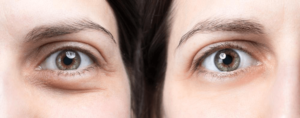
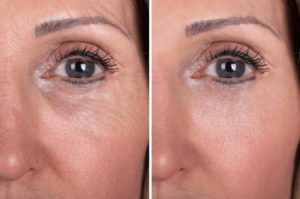
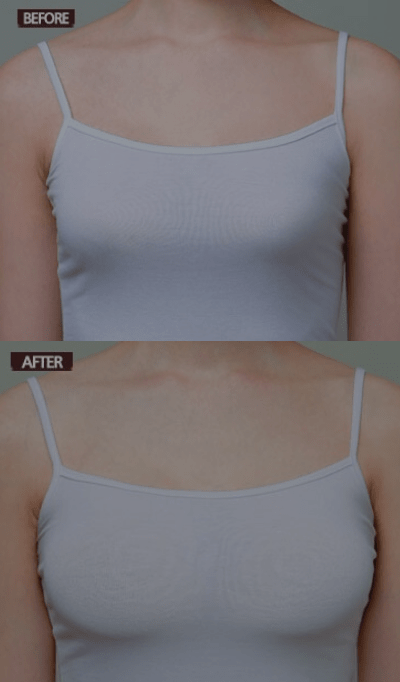

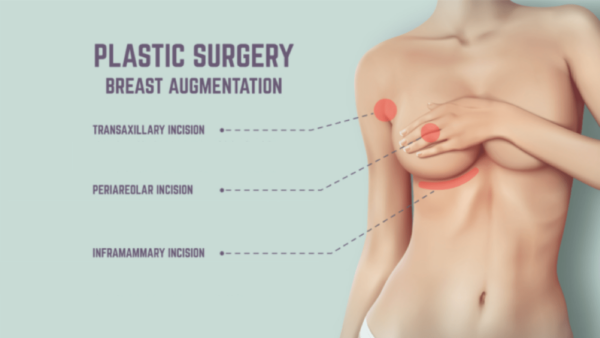
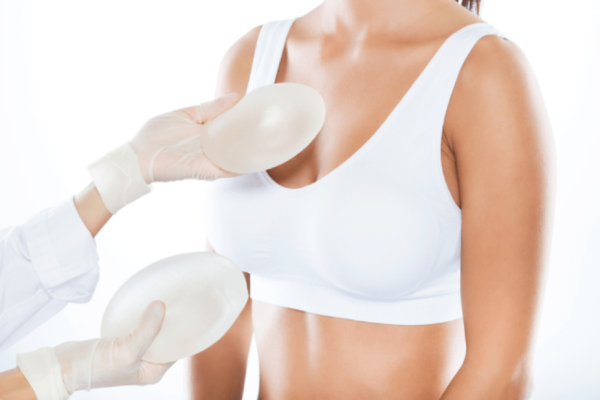
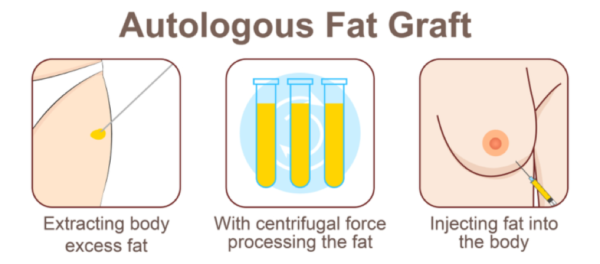
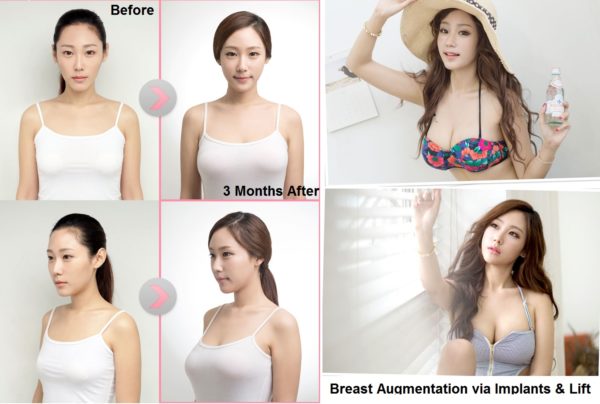


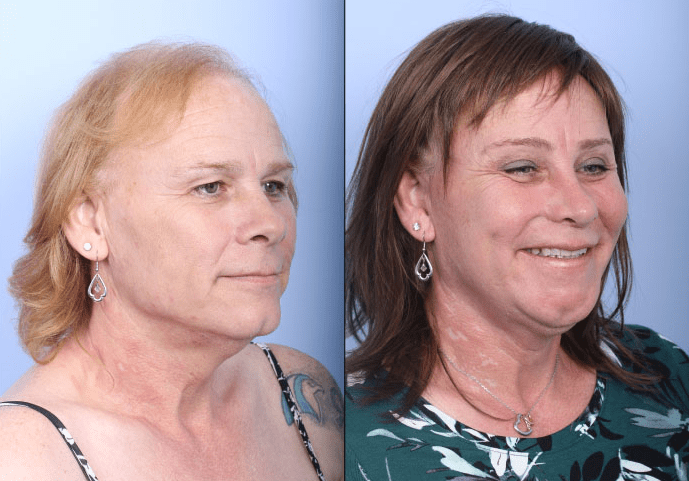






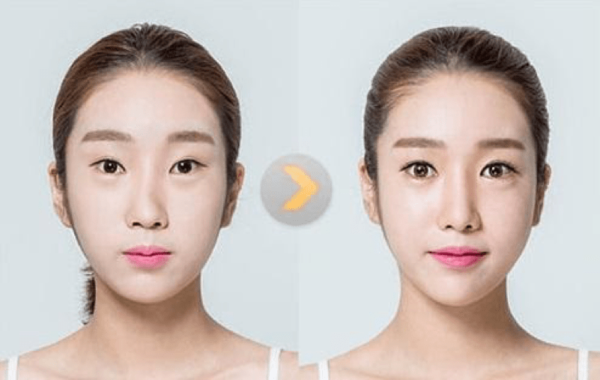



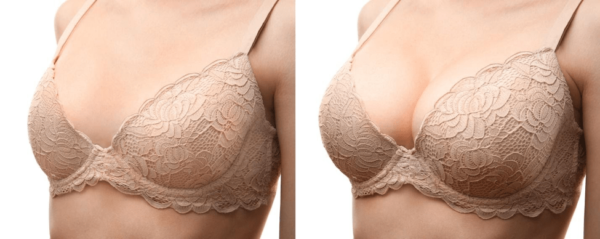
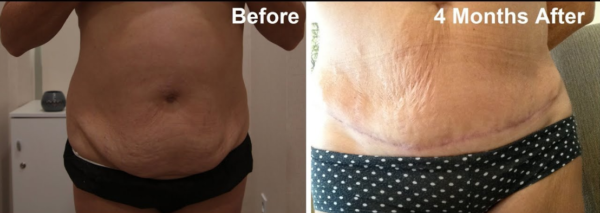


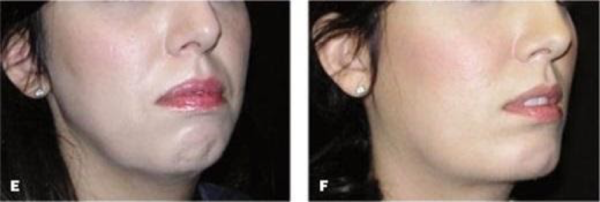
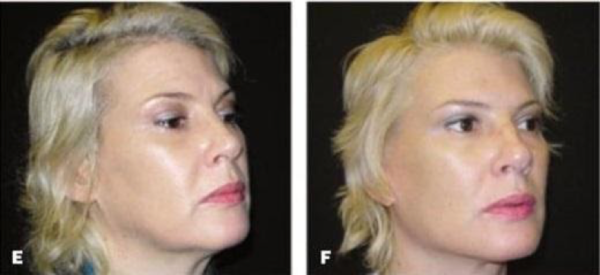

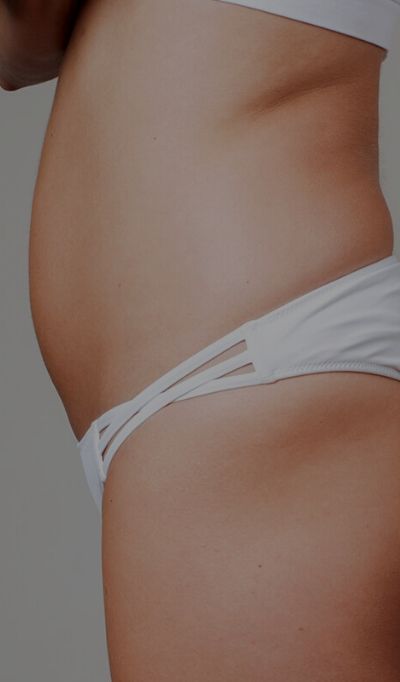
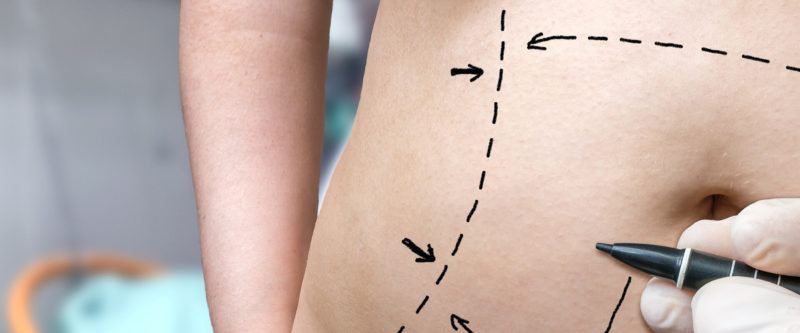
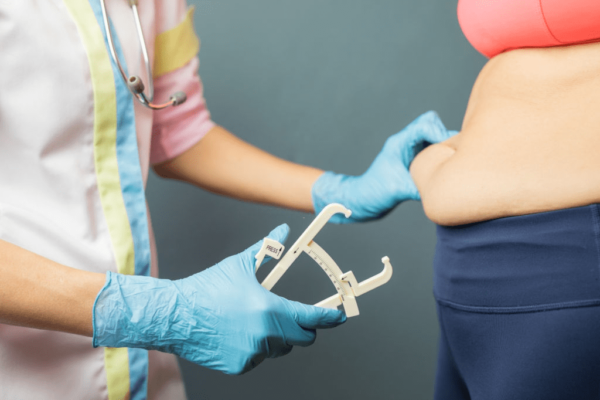
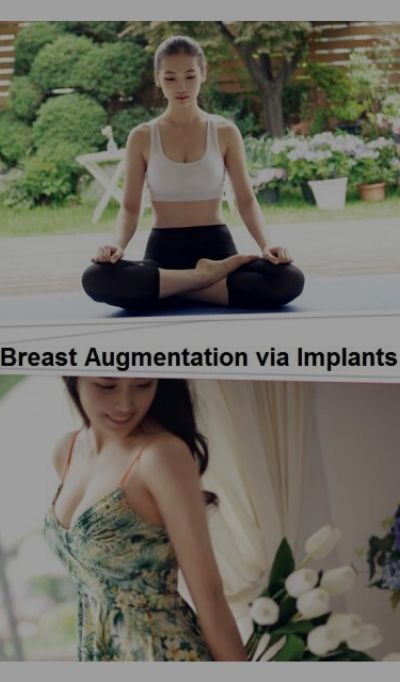
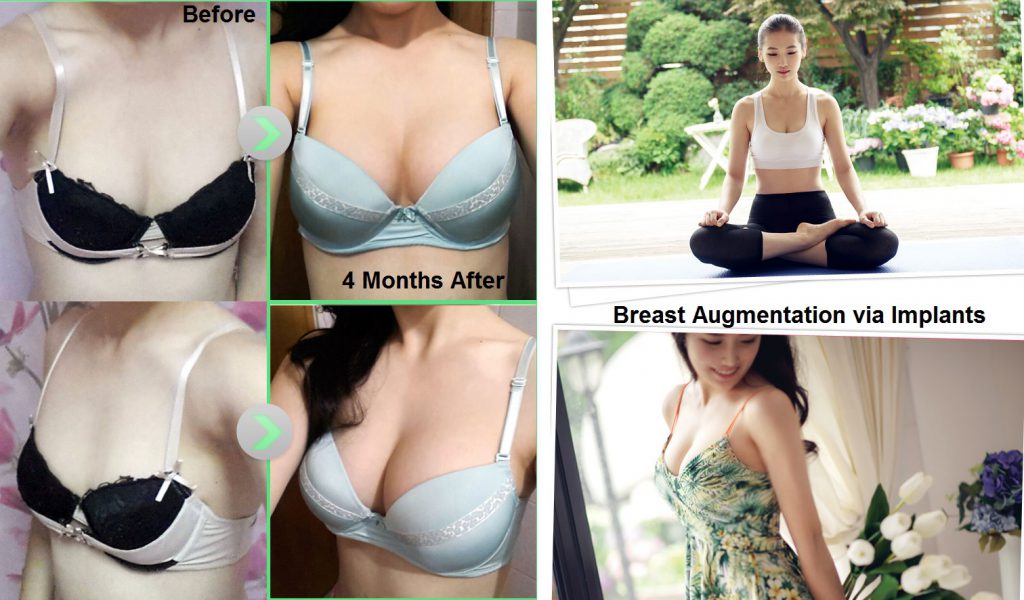
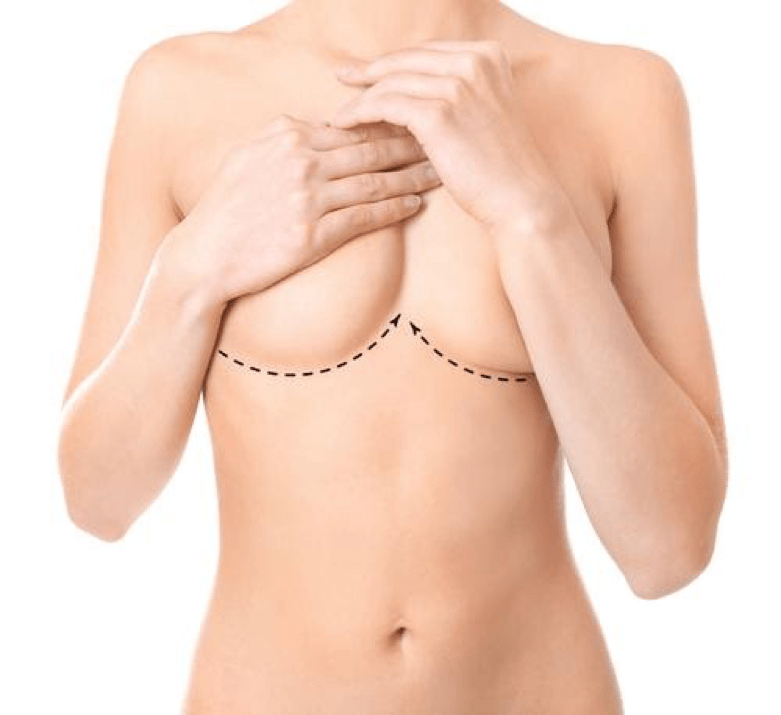

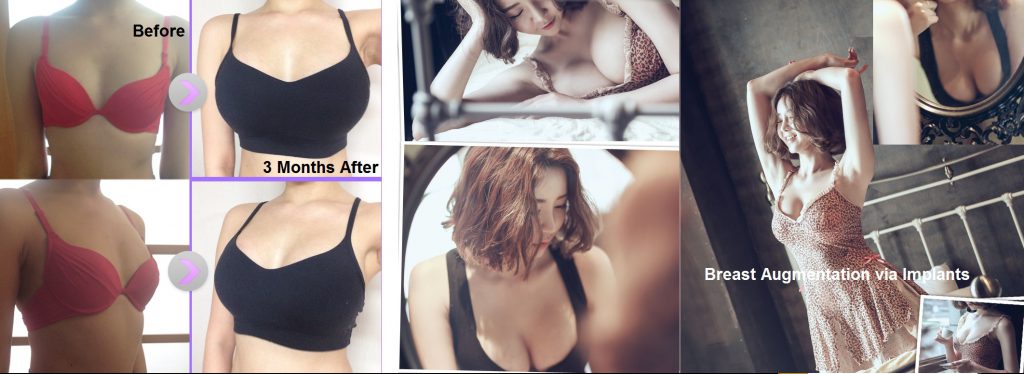 Every Breast Augmentation Incision has a different approach while being performed. Depending on the type, size, and shape, the procedure process varies from patient to patient using the most suitable implant insertion technique. All incisions are marked before applying general anesthesia. The incision is closed using sutures.
Every Breast Augmentation Incision has a different approach while being performed. Depending on the type, size, and shape, the procedure process varies from patient to patient using the most suitable implant insertion technique. All incisions are marked before applying general anesthesia. The incision is closed using sutures.



